by: R Gregory Neid, 2025
Dufferin-Dupont Neighbourhood — First World War Manufacturing
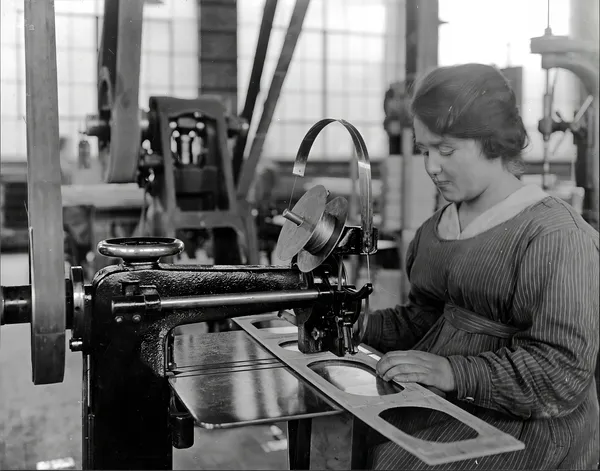
collection.ngenium.ca Archives CAL-P-OSY-020

The First World War, Great War, War to End All Wars began on August 4, 1914 and ended on November 11, 1918. We still honour those who sacrificed on November 11 each and every year, with the wearing of the poppy. Millions were killed including 60,000+ Canadians. Over 170,000 Canadians were wounded.
Canada did not have an airforce but this war was the first engagement of aircraft, aeroplanes as they were called then. The Royal Flying Corps from Britain operated in Canada and trained thousands of men to fly. There were training camps at Borden, Deseronto, Mohawk, Armour Heights, Leaside, Long Branch, Beamsville and three training camps in Fort Worth Texas. These men needed thousands of aeroplanes in which to train. This is the story of the men and women who lived in the area near Dufferin Street and Lappin Avenue and built those aeroplanes.Canadian Aeroplanes Limited
In early 1917 a neighbourhood in Toronto was chosen for a new manufacturing facility that would create the first military aeroplanes ever built in Canada. Factory construction began on February 1, 1917 on vacant land at 1260 Dufferin Street and was finished in record time. Make no mistake this was high tech at its finest. In 1917 building aeroplanes was equivalent to building space vehicles today. Wallace-Emerson Community Centre and park is where Canadian Aeroplanes Limited once stood and proudly built thousands of Canada's first military aeroplane.
This factory, Canadian Aeroplanes Limited was chosen for two reasons: access to the railway, and a good supply of local skilled workers. Sir Frank Wilton Baillie was chosen to be president of the new operation, because he had been extremely successful in building munitions for the war effort in Hamilton. Sir Frank stepped into the position for zero salary, as his contribution (Sir Frank Wilton Baillie was very wealthy by this point in time anyway).
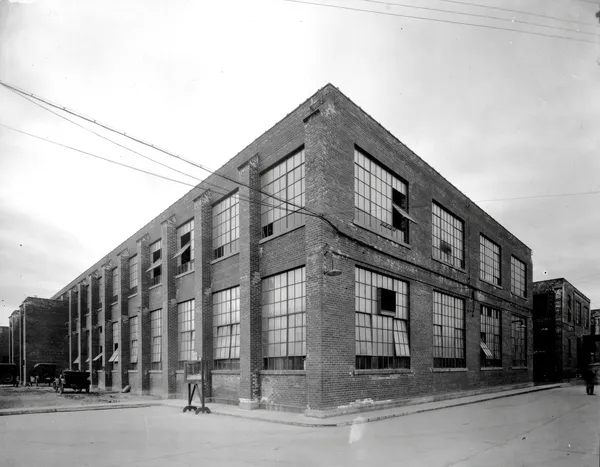
collection.ngenium.ca Archives CAL-P-OSY-005
Were the workers ready to build aeroplanes? Of course not. Nobody was. This had never happened before. Were they willing to show up for work and learn? Absolutely. Canadian Aeroplanes Limited was very high technology operation, with state-of-the-art equipment. They began building the Curtiss JN-4 Canadian variant which came to known as the JN-4 Canuck. This was the first time anyone had built aeroplanes at scale in Canada.
There were up to 2,400 employees building aeroplanes at a tremendous rate. In November of 1917 the company built 215 aircraft. That is seven complete aircraft every day, seven days per week! The trades ranged from general labour to technical draftsmen. Lumber sawers to skilled wood-workers, cloth specialists (the wings and body were covered in cotton from the Wabasso cotton factory in Trois Riviere Quebec), machinists, fitters, accountants, secretaries, packers, shippers, receivers, warehousemen; in short everything a modern business needed.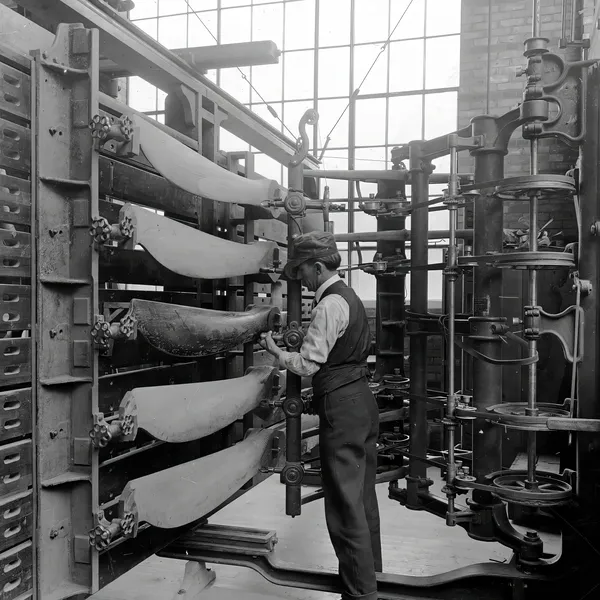
collection.ngenium.ca Archives CAL-P-OSY-030
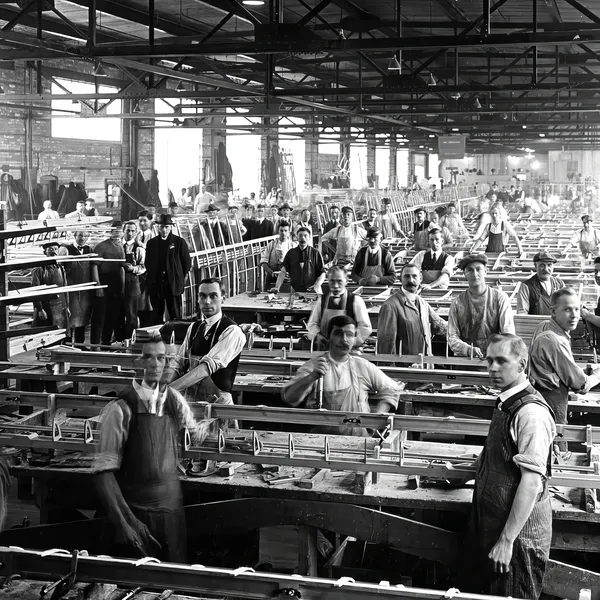
collection.ngenium.ca Archives CAL-P-OFY-027
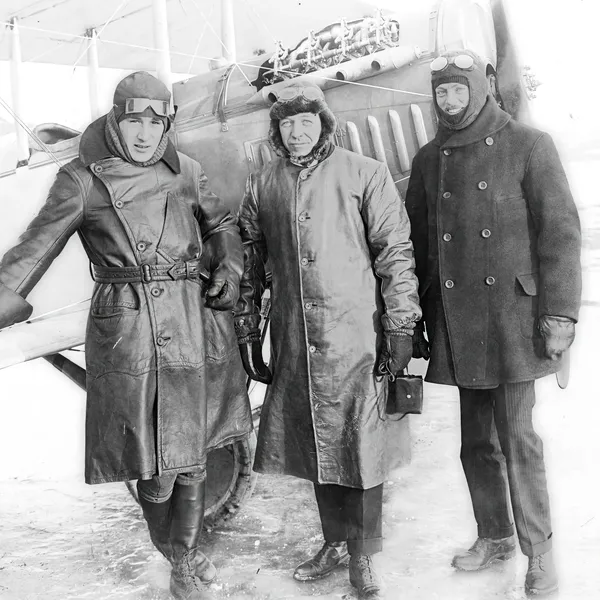
collection.ngenium.ca Archives CAL-P-OFY-041b

collection.ngenium.ca Archives CAL-P-OFY-045b
The Fate of the JN-4 Canuck Factory
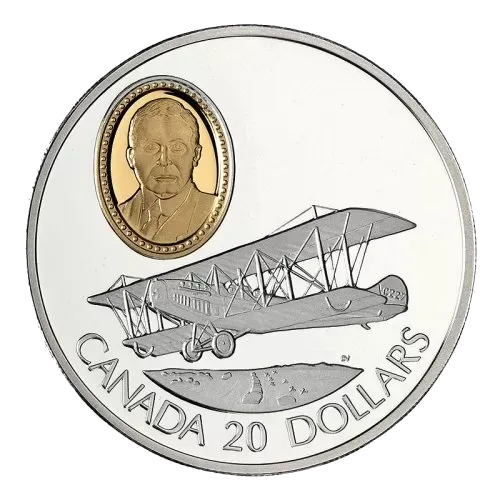

- Canada's first successful military aeroplane
- Canada's first air mail delivery
- Canada's first air mail delivery across the rocky mountains
- An uncountable number of firsts in aerial photography, mapping, surveying and countless other endeavours.
Sudden Ending
On November 11, 1918 it was over. Canadians celebrated the end of the war, but within a few days they realized their jobs were gone. Military aeroplanes were not longer needed. Canadian Aeroplanes Limited closed as fast as it opened. War is a costly venture both in human lives and economics. The good people of the Wallace-Emerson neighbourhood had given much, but sadly it was over for them and so many others.
R Gregory Neid is a researcher and tour guide with the Canadian Warplane Heritage Museum in Hamilton Ontario. Greg is also an Associate Historian with the Royal Canadian Air Force.